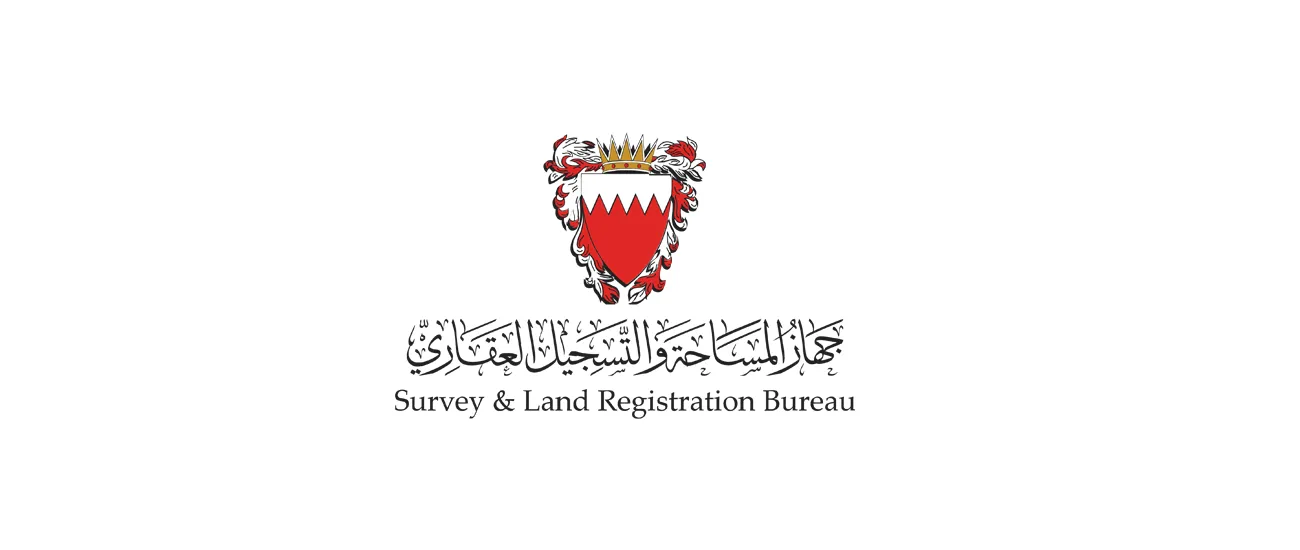27 December, 2007 Survey and Land Registration Bureau Participates in the Middle East Maps Conference and Exhibition in Dubai
The SLRB recently participated in the Middle East Maps Conference and Exhibition held in the city of
The conference was attended by a number of specialists from the two directors, and the participants discussed a number of issues related to the technologies and applications of positioning technologies, including Geographic Information System (GIS), aerial photographic technologies, remote sensing and Global Positioning System (GPS).
The conference was attended by a number of governmental bodies and organizations in the GCC countries in addition to companies specialized in positioning data in the
The SLRB's delegation presented a technical paper about the Global Positioning System Permanent Reference Network (PRN), which was presented by Engineer Waheed Ahmed Hadi, Director of Topographic Directorate, in which he said the SLRB has adopted the most advanced systems and methods used globally for geographic positioning and land survey in order to cope with the urban progress and development the Kingdom of Bahrain has witnessing over the past few years. He explained in detail the Network's procedures and the number of stations attached to it and how they operate. The stations monitor on a non-stop basis the system of updating co-ordinates using the Global Positioning System. The system includes a control room and a central server at the Topographic Survey Directorate in Umm Al Hassan and four fixed stations and another stand-by station which operate on a non-stop basis in different places in the Kingdom, and that each of the stations operates as an information position for co-ordinates where data is collected from the five stations and relayed to the control room in Umm Al Hassam, which in turn processes the data to obtain an accurate model to correct co-ordinates. This correction is transmitted through the GSM and it helps surveyors and other users to know their co-ordinates with an accuracy of five centimetres in the
Engineer Waheed Hadi concluded his paper by presenting difference uses of the network, including the issue of maps more easily and accurately, management of resources and agricultural purposes, mentoring of the environmental surroundings, monitoring of construction and oil and gas exploration which all help in serving many government and private sectors.
